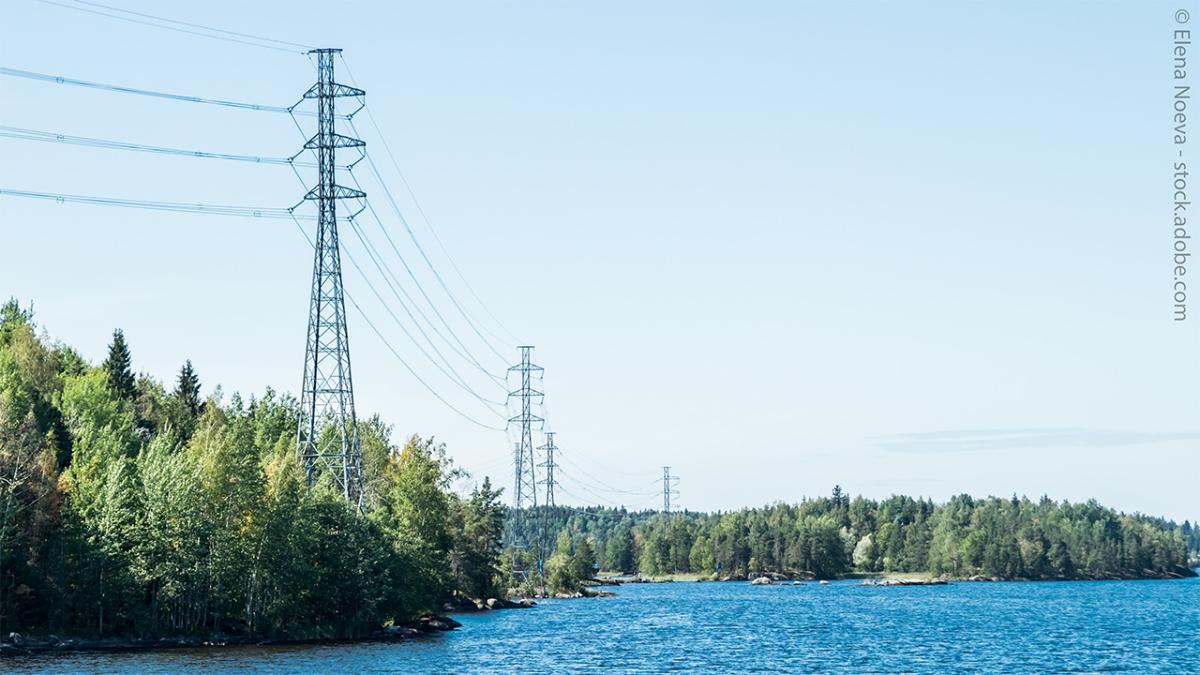Preparation moves forward on tax subsidy for large investments

On 24 June, the Ministerial Committee on Economic Policy decided that the Ministry of Finance would continue preparing a tax subsidy for large industrial investments that promote the clean transition. This tax subsidy would accelerate investments in the green transition.
In its spring 2024 session on spending limits, the Government decided to adopt a tax subsidy for large investments aimed at building a climate-neutral economy. The objective of the tax subsidy would be to increase the number of large industrial investments that use electricity while also supporting the construction of a clean transition industry in Finland.
This is based on the temporary state aid framework adopted by the European Commission in spring 2023, which is intended to support the Member States’ economies and the green transition.
Eligible projects
State aid can be allocated to investments that accelerate the green transition and reduce dependency on fossil fuels. However, the Ministerial Committee on Economic Policy’s decided that renewable electricity production would be excluded from the tax subsidy.
Projects would be eligible if they relate to:
- renewable energy production (including hydrogen and hydrogen fuels); storage of electricity and heat; storage of renewable hydrogen, biofuels, bioliquids, biogases and biomass fuels;
- decarbonisation of industrial production processes and energy efficiency measures;
- investments in the production of equipment (e.g. batteries), key components and related critical raw materials essential to the transition to a net-zero economy.
Amount of tax subsidy
The tax subsidy is intended for large investments. According to the decision of the Ministerial Committee on Economic Policy, the minimum size of eligible investments would be EUR 50 million and would be considered individually for each investment.
The tax subsidy would be no more than 20 per cent of the investment costs and would be capped at EUR 150 million per company. The EUR 150 million cap would be calculated on a consolidated basis for groups of companies.
The company making the investment would receive the tax subsidy as a concession from corporate income tax.
Requirements
Tax subsidies would only be granted for new projects, i.e. those that would begin work after the application. The temporary state aid framework requires that tax subsidies be granted by the end of 2025.
The temporary state aid framework does not require that a final investment decision be made by the end of 2025. As the tax subsidy could in any case only be used when the investment is complete, there would be no reason on the national level to require that the investment decision be made by the end of 2025. Such decisions will not be made a requirement for the acceptability of subsidies. However, the official decisions on granting state aid in the form of a tax subsidy must be made by the end of 2025.
The tax subsidy could be first used in the year when the investment is completed, however, no earlier than in 2028.
Direct aid for similar investments also being planned
The Ministry of Economic Affairs and Employment is currently preparing direct aid for investments aiming to accelerate decarbonisation and the transition to a net-zero economy. The preparation of a direct aid scheme is also focused on allocating aid to large, strategically important investments. It may be possible for an investment to be eligible for both the direct aid scheme and the tax subsidy.
Next steps
The Ministry of Finance is currently preparing a government proposal on the tax subsidy. The aim is to notify the Commission of the deployment of state aid during the summer. The entry into force of the aid requires that the Commission approves the tax subsidy as being compatible with the single market. The draft act will be circulated for comments in early autumn.
Inquiries: Jari Salokoski, Senior Government Adviser, tel. +358 295 530 437, jari.salokoski(at)gov.fi
